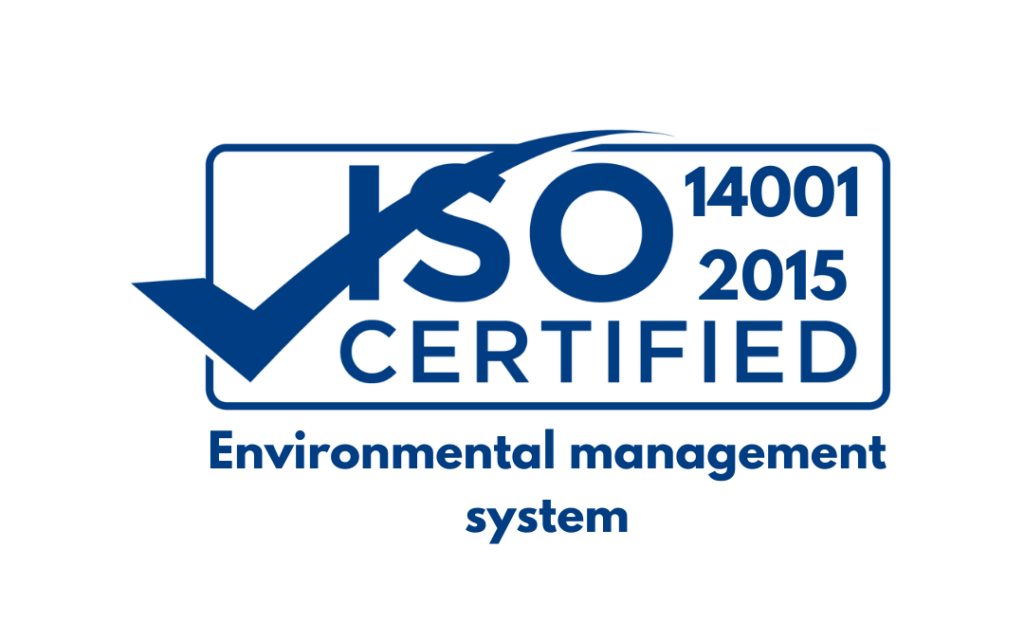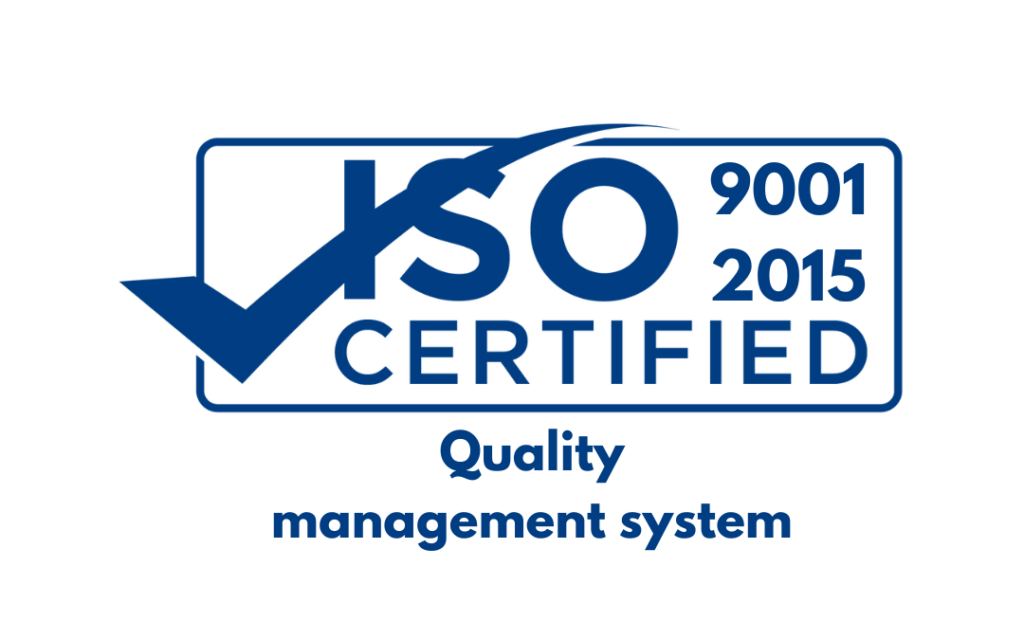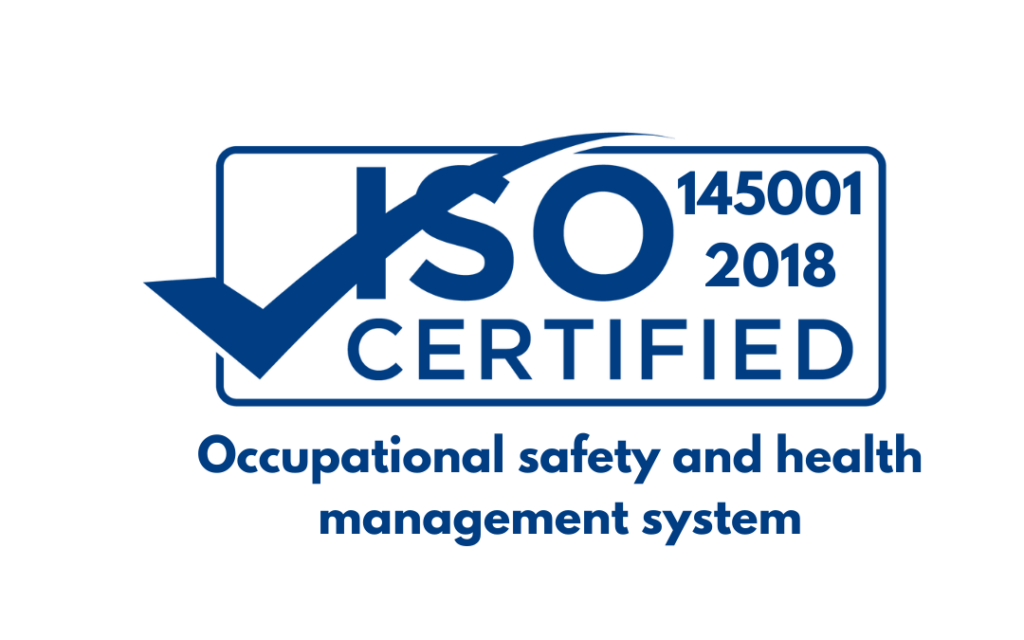These industries heavily rely on conveyor systems to streamline material handling processes, reduce manual labor, and ensure the continuous flow of materials. Here’s how conveyors are used in mining and metallurgy:
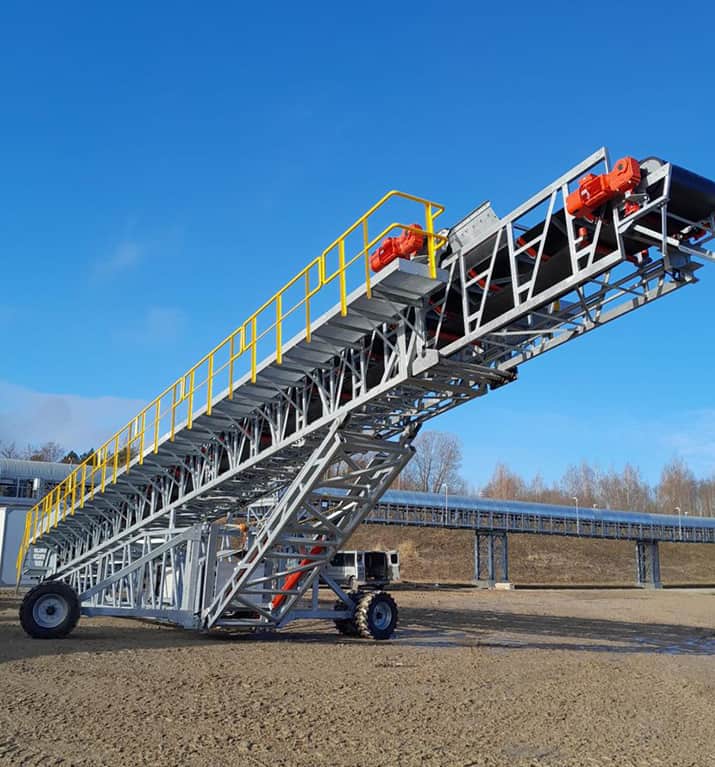
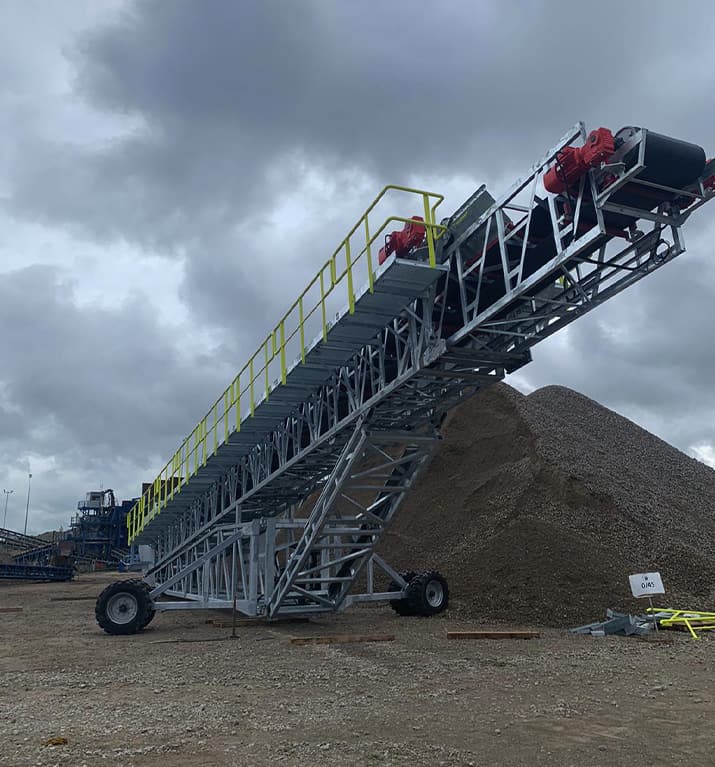
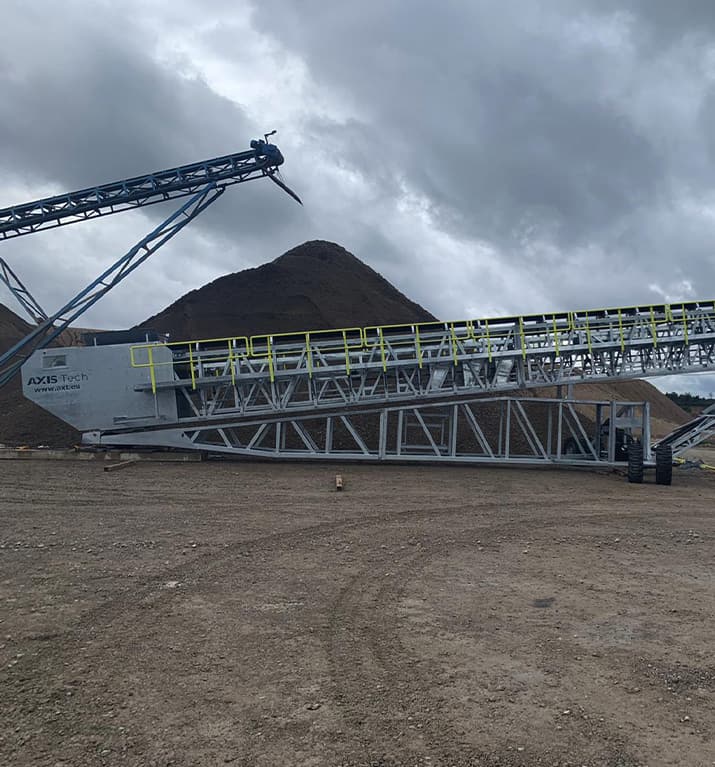
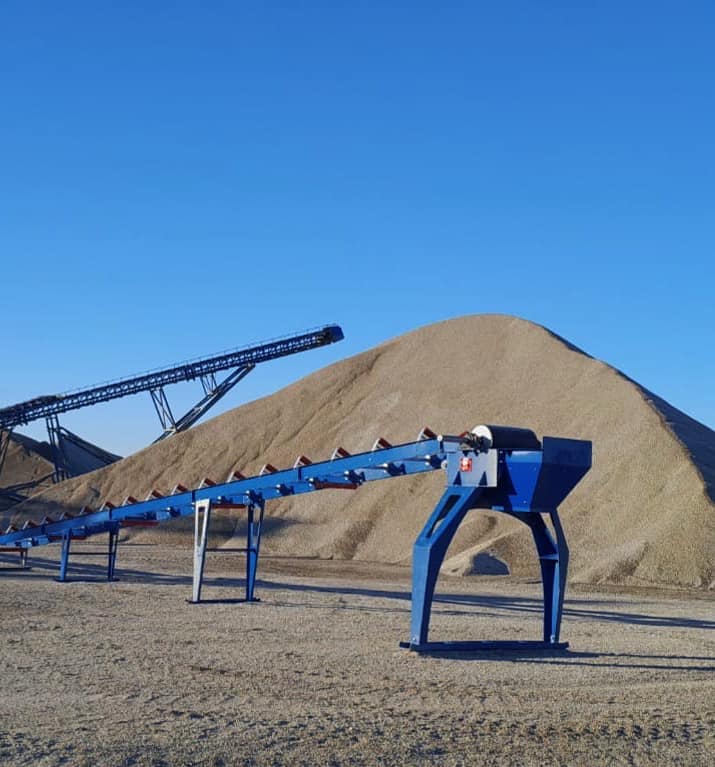
Conveyor belts are used to transport mined ore from the mining face to crushers, stockpiles, or processing plants. These conveyors are often ruggedly built to handle the abrasive and heavy nature of mined materials.
Conveyors move materials within mining facilities, transporting raw materials, processed products, and waste materials to various processing stages or storage areas.
Overland conveyor systems are employed to transport materials over long distances, connecting the mining site to the processing plant or rail/ship loading facilities. They are cost-effective alternatives to traditional haul trucks.
In-pit conveyor systems are used to move ore within the open-pit mining operation, replacing the need for haul trucks to transport materials to the processing plant.
Conveyors transport ore from crushers and screens to further processing stages, ensuring a continuous flow of material for crushing, grinding, and beneficiation.
Conveyors are used to create and manage stockpiles of mined materials, allowing for efficient storage and retrieval as needed.
Conveyors transport tailings (waste materials) from processing plants to tailings storage facilities, ensuring the safe disposal and containment of waste products.
Conveyors may incorporate dust suppression systems to minimize dust emissions and protect the environment.
Conveyors transport raw materials such as iron ore, coal, limestone, and scrap metal to the metallurgical facilities for processing.
Conveyors are used to transport materials within smelters and refineries, moving raw materials, alloys, and molten metals through various stages of processing.
Conveyor systems transport molten metals to casting machines and finished products to rolling mills or other forming processes.
Conveyors transport finished metal products to storage areas, shipping facilities, or further processing stages, ensuring a smooth flow of materials within metallurgical plants.
Conveyors can be integrated with environmental control systems to capture and manage emissions, including dust and fumes, generated during metallurgical processes.
Both in mining and metallurgy, conveyor systems are essential for optimizing production, reducing operational costs, enhancing safety, and complying with environmental regulations. These industries rely on conveyor technology to handle a wide range of materials, from raw ores to refined metals, throughout various processing stages, contributing to the efficient production of essential metals and minerals.
